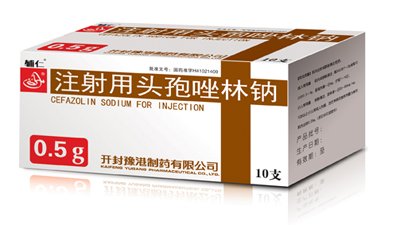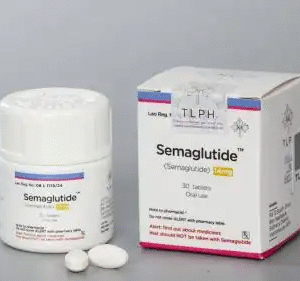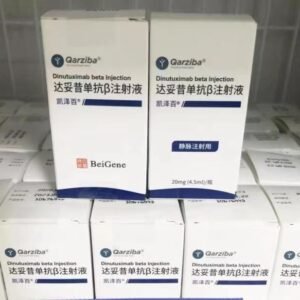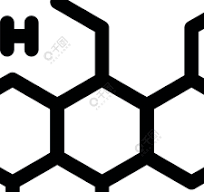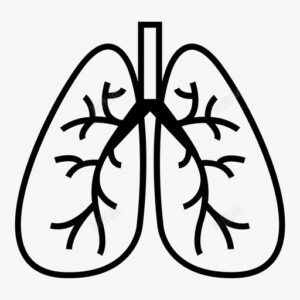Cefazolin,cefazoline 或cephazolin
Functions and indications:
It is suitable for the treatment of respiratory tract infections such as otitis media, bronchitis, pneumonia, urinary tract infections, skin and soft tissue infections, bone and joint infections, sepsis, infective endocarditis, hepatobiliary system infections, and eye, ear, nose, and throat infections caused by sensitive bacteria. This product can also be used as a preventive drug before surgery. This product is not suitable for central nervous system infections. It has poor efficacy for chronic urinary tract infections, especially those with urinary tract anatomy abnormalities. This product is not suitable for the treatment of gonorrhea and syphilis.
Usage and dosage:
The dosage and dosage of this product may vary depending on the dosage form and specifications. Please read the specific drug instructions for use or follow the doctor’s advice. Cefazolin Sodium for Injection: 1. It can be slowly pushed intravenously, dripped intravenously, or injected intramuscularly. For intramuscular injection: add sterile injection water or sodium chloride injection solution to dissolve it before use. It can also be dissolved with an appropriate amount of 5% lidocaine hydrochloride injection 2-3ml. (1) Intravenous injection: add an appropriate amount of injection water to completely dissolve it before use and slowly push it intravenously over 3-5 minutes. (2) Intravenous drip: Dissolve with appropriate amount of injection water, then dilute with 100ml of sodium chloride or glucose injection and drip intravenously. 2. Dosage: (1) Common dose for adults: 0.5-1g once, 2-4 times a day. For severe infection, it can be increased to 6g a day, administered intravenously in 2-4 times. (2) Common dose for children: 50-100mg/kg a day, slowly pushed intravenously in 2-3 times, intravenous drip or intramuscular injection. For patients with impaired renal function, when the creatinine clearance rate is greater than 50ml/min, the normal dose can still be administered. When the creatinine clearance rate is 20-50ml/min, 0.5g every 8 hours; when the creatinine clearance rate is 11-34ml/min, 0.25g every 12 hours; when the creatinine clearance rate is less than 10ml/min, 0.25 every 18-24 hours. The first dose for all patients with varying degrees of renal impairment is 0.5g. When children with renal impairment use cefazolin, first give 12.5mg/kg, followed by maintenance doses. When the creatinine clearance is above 70ml/min, it can still be given at normal doses; when the creatinine clearance is 40-70ml/min, 12.5-30mg/kg is given every 12 hours according to body weight; when the creatinine clearance is 20-40ml/min, 3.1-12.5mg/kg is given every 12 hours according to body weight; when the creatinine clearance is 5-20ml/min, 2.5-10mg/kg is given every 24 hours according to body weight. When this product is used to prevent postoperative infection, it is generally given intramuscularly or intravenously 0.5-1 hour before surgery. For those who have an operation time of more than 6 hours, 0.5-1g is added during the operation, and 0.5-1g is given every 6-8 hours after the operation, until 24 hours after the operation.
Adverse reactions:
The incidence of adverse reactions to cefazolin is low, and the thrombophlebitis and pain in the intramuscular injection area caused by intravenous injection are less and lighter than those caused by cephalothin. The incidence of drug rash is 1.1%, the incidence of eosinophilia is 1.7%, and allergic reactions manifested by drug fever alone are only occasionally reported. This product can cause renal tubular damage in experimental animals. Clinically, this product has no liver damage, but some patients may have temporary elevations in serum aminotransferase and alkaline phosphatase. Patients with renal impairment may experience encephalopathy when using high doses (12g per day) of cefazolin. Candida albicans superinfection is occasionally seen.
Contraindications:
This product is contraindicated for patients who are allergic to cephalosporins and have a history of anaphylactic shock or immediate reaction to penicillin.
Share:
Products
Our offers
Health Classification
Let us work together to protect precious health


